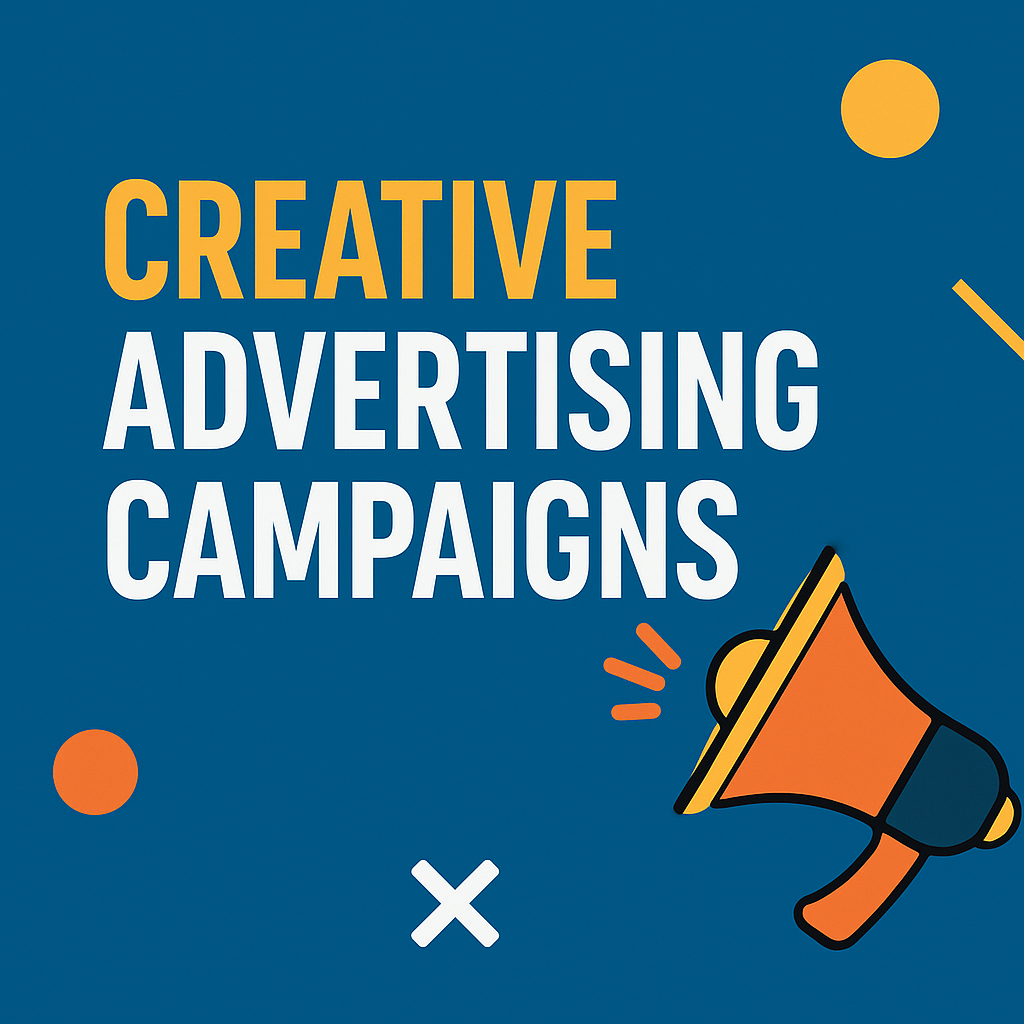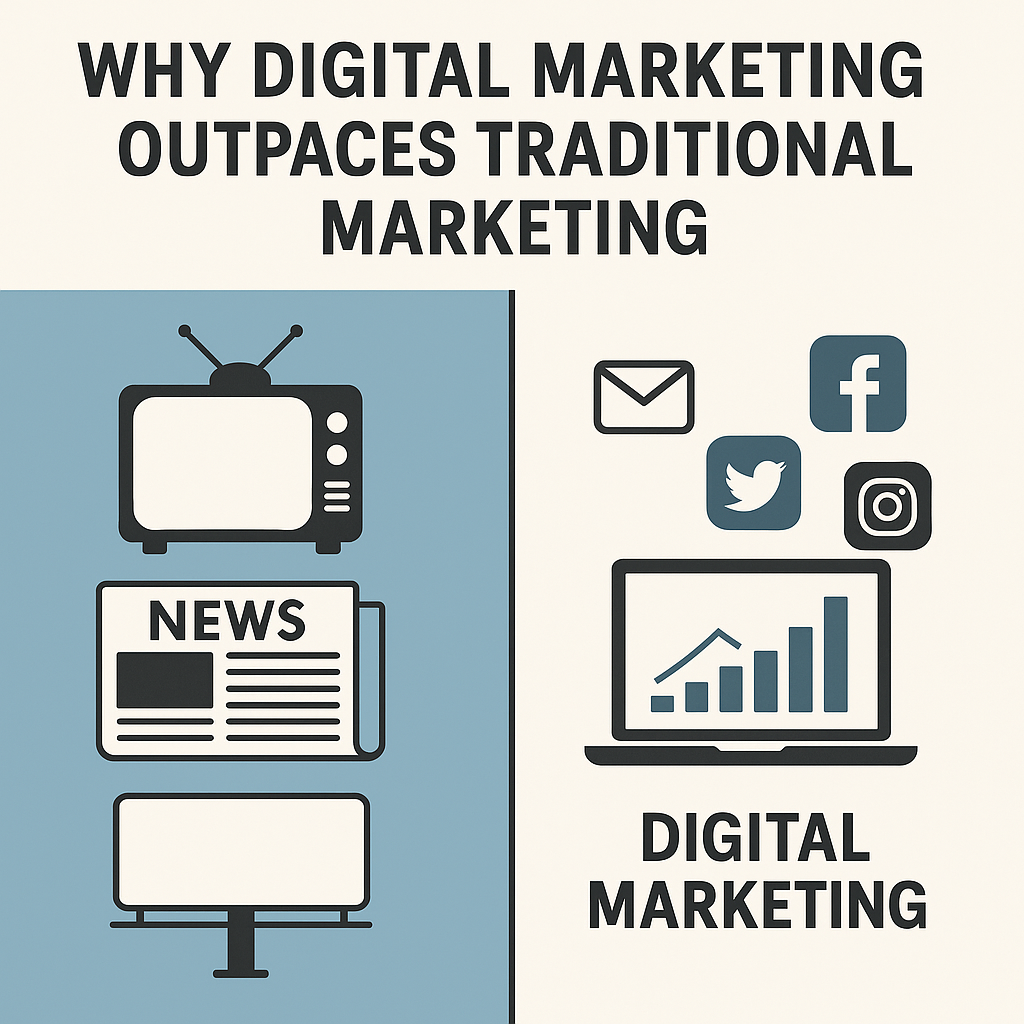In today’s hyper-competitive world, a powerful advertising strategy can be the difference between success and failure. Whether you’re a startup or an established brand, understanding how to structure a campaign that speaks to your audience, adapts to market trends, and delivers real results is critical. This article unpacks the modern blueprint of a winning advertising campaign strategy with practical, data-backed insights.
What Is an Advertising Campaign Strategy?
An advertising campaign strategy is the structured plan marketers use to convey messages to a target audience across various platforms. It involves setting clear objectives—like boosting sales, improving brand recognition, or promoting a product—and determining the best channels and messages to meet those goals.
Why a Strong Strategy Matters
A successful campaign does more than just sell—it builds lasting relationships with customers. With audiences overwhelmed by messages daily, brands need to create laser-focused campaigns that stand out. A good strategy ensures:
- Consistent brand messaging
- Better ROI on ad spend
- Clear paths to conversion
- Improved customer trust and loyalty
Core Elements of a Winning Campaign Strategy
1. Define Clear, Measurable Goals
Start by deciding what success looks like. Common campaign objectives include:
- Increasing online sales
- Growing brand awareness
- Collecting leads or sign-ups
- Launching a new product
Use SMART goals (Specific, Measurable, Achievable, Relevant, Time-bound) to keep your campaign on track.
2. Know Your Target Audience
One of the most critical parts of campaign success is deeply understanding who you’re speaking to. Build audience personas using:
- Demographics (age, gender, location)
- Psychographics (interests, values, lifestyle)
- Behavior (buying habits, online behavior)
This helps tailor the message, tone, and channels for maximum impact.
3. Choose the Right Advertising Channels
Selecting the right mix of platforms depends on where your audience spends their time. Consider:
- Social Media: Great for B2C, especially platforms like Instagram, TikTok, and Facebook
- Google Ads & SEO: Ideal for high-intent searches
- TV & Radio: Still relevant for large-scale brand awareness
- Email Marketing: Useful for retargeting and nurturing leads
- Influencer Marketing: Powerful for trust-building and niche reach
4. Craft a Compelling Message
Your ad copy or visuals should spark attention and inspire action. A strong message:
- Highlights customer benefits
- Solves a pain point
- Includes a clear call-to-action (CTA)
- Stays true to your brand voice
Don’t just tell them what you do—show them why it matters.
5. Set and Allocate Budget Wisely
Not every campaign needs a massive budget, but it does require strategic spending. Allocate funds based on:
- Platform performance data
- Audience size
- Expected ROI
- Creative production costs
Tools like Facebook Ads Manager or Google Ads can help you forecast and adjust budget in real-time.
6. Leverage Data and Analytics
Modern advertising thrives on data. Use tools like:
- Google Analytics
- Meta Ads Manager Insights
- HubSpot or CRM dashboards
Track metrics like CTR (Click-Through Rate), CPC (Cost Per Click), conversions, and customer lifetime value to refine your strategy over time.
Advanced Secrets to Campaign Success
Adaptability to Market Trends
Campaigns must evolve. Stay updated with:
- Trending keywords and hashtags
- Competitor strategies
- Industry reports (e.g., HubSpot’s Marketing Trends Report, 2025)
Flexibility allows you to pivot your messaging and placement when needed.
Innovation and Creativity
Standing out is non-negotiable. Introduce creative elements like:
- Interactive video ads
- Story-based campaigns
- Gamification
- AR filters and experiences
Creativity isn’t just about aesthetics—it’s about engagement.
Customer Feedback Integration
Collect user feedback via:
- Post-campaign surveys
- Social media comments
- Email responses
This input can reveal weaknesses in your message or targeting and spark new ideas.
Real-Time Engagement
Use your campaign to build a two-way conversation. Respond to:
- Comments and mentions
- Reviews
- Direct messages
This humanizes your brand and builds community loyalty.
Common Challenges in Advertising Campaigns
1. Fierce Competition
Standing out in saturated markets requires exceptional creative direction and deep understanding of your unique value proposition.
2. Evolving Ad Technologies
New tools and algorithms emerge constantly—what works today might not tomorrow. Stay proactive about learning platforms like TikTok Ads, AI-based targeting, or dynamic creatives.
FAQs About Campaign Strategy
Q: What makes a campaign successful?
A: Clear goals, precise targeting, compelling content, the right platform mix, and ongoing performance analysis.
Q: Do I need a large budget?
A: Not necessarily. Even low-budget campaigns can yield high ROI with strategic planning and optimization.
Q: How do I measure success?
A: Track metrics that align with your goal: sales numbers, website visits, conversion rate, CTR, etc.
Q: What’s the best platform to advertise on?
A: It depends on your audience. For youth-focused products, social media works best. For B2B, consider LinkedIn or search ads.
Conclusion
A successful advertising campaign strategy isn’t guesswork—it’s a fusion of data, creativity, and a deep understanding of your audience. As trends shift and platforms evolve, brands that stay agile, customer-focused, and analytical will thrive. By applying the principles outlined in this guide, you’re not just launching a campaign—you’re building momentum for long-term success.

